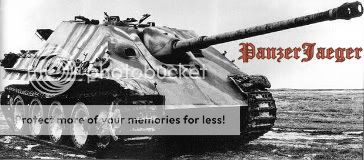
Originally Posted by
Aron
Indeed, the Soviet Union in 1985 possessed much of the same natural and human resources that it had 10 years before. Certainly, the standard of living was much lower than in most of Eastern Europe, let alone the West. Shortages, food rationing, long lines in stores, and acute poverty were endemic. But the Soviet Union had known far greater calamities and coped without sacrificing an iota of the state's grip on society and economy, much less surrendering it.
Nor did any key parameter of economic performance prior to 1985 point to a rapidly advancing disaster. From 1981 to 1985 the growth of the country's GDP, though slowing down compared with the 1960s and 1970s, averaged 1.9 percent a year. The same lackadaisical but hardly catastrophic pattern continued through 1989. Budget deficits, which since the French Revolution have been considered among the prominent portents of a coming revolutionary crisis, equaled less than 2 percent of GDP in 1985. Although growing rapidly, the gap remained under 9 percent through 1989 -- a size most economists would find quite manageable.
The sharp drop in oil prices, from $66 a barrel in 1980 to $20 a barrel in 1986 (in 2000 prices) certainly was a heavy blow to Soviet finances. Still, adjusted for inflation, oil was more expensive in the world markets in 1985 than in 1972, and only one-third lower than throughout the 1970s. And at the same time, Soviet incomes increased more than 2 percent in 1985, and inflation-adjusted wages continued to rise in the next five years through 1990 at an average of over 7 percent.
Yes, the stagnation was obvious and worrisome. But as Wesleyan University professor Peter Rutland has pointed out, "Chronic ailments, after all, are not necessarily fatal." Even the leading student of the revolution's economic causes, Anders Åslund, notes that from 1985 to 1987, the situation "was not at all dramatic."
Originally Posted by Aron
Indeed, the Soviet Union in 1985 possessed much of the same natural and human resources that it had 10 years before. Certainly, the standard of living was much lower than in most of Eastern Europe, let alone the West. Shortages, food rationing, long lines in stores, and acute poverty were endemic. But the Soviet Union had known far greater calamities and coped without sacrificing an iota of the state's grip on society and economy, much less surrendering it.









 Reply With Quote
Reply With Quote
Bookmarks